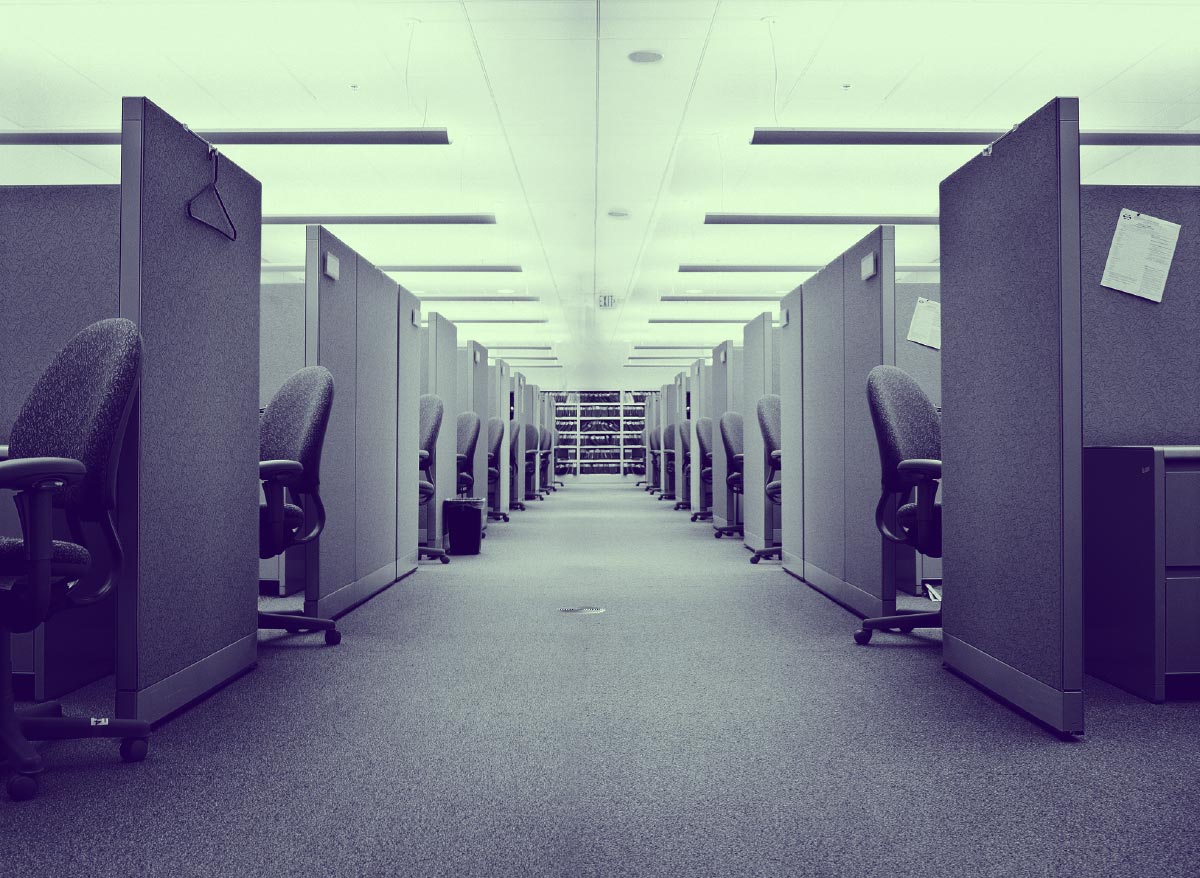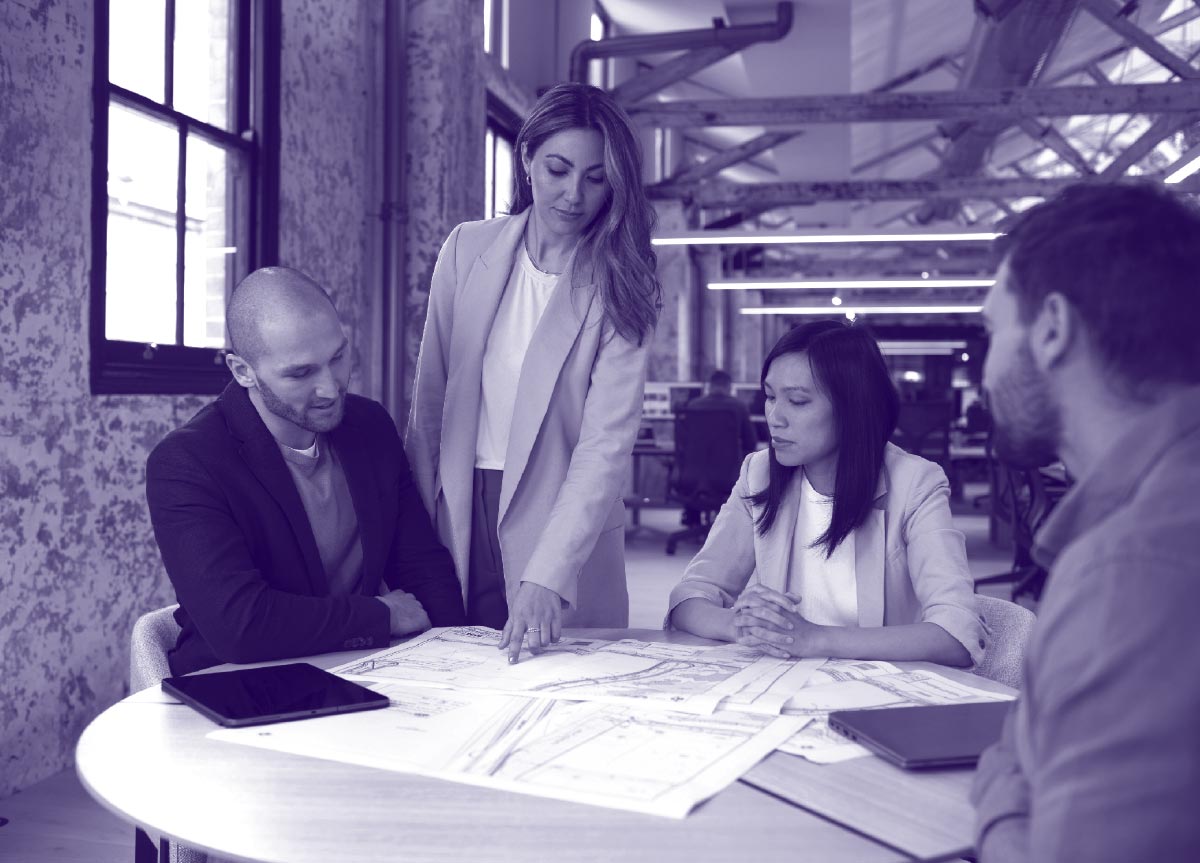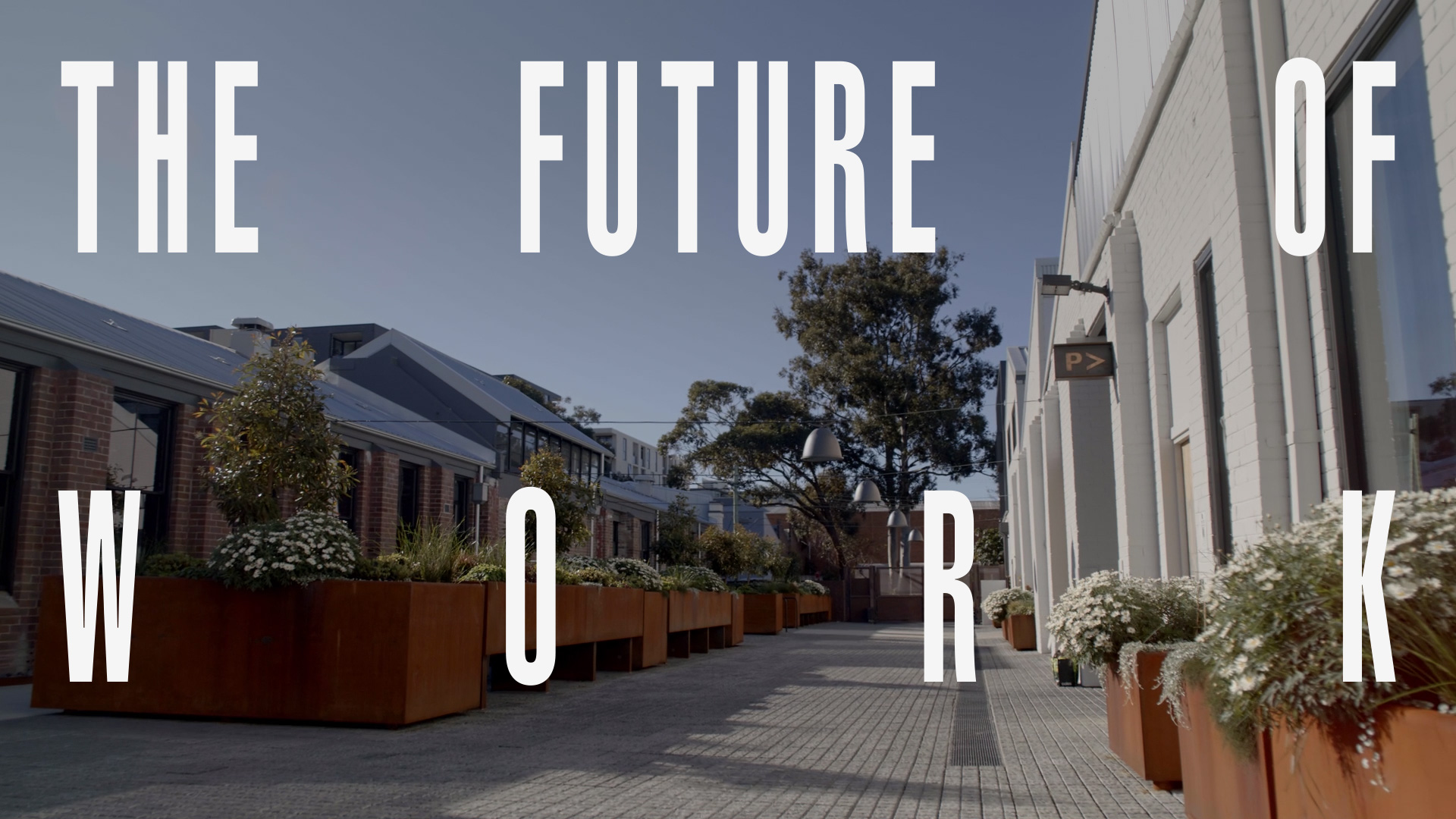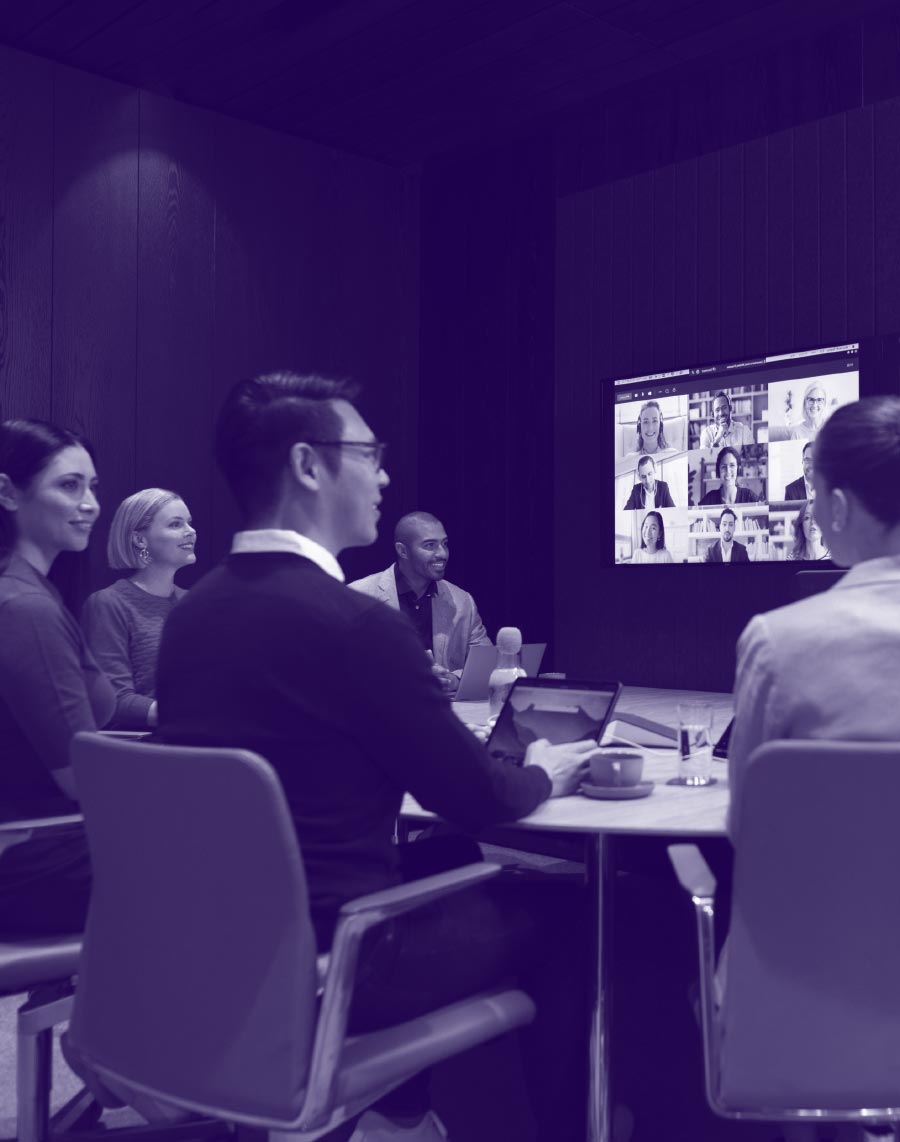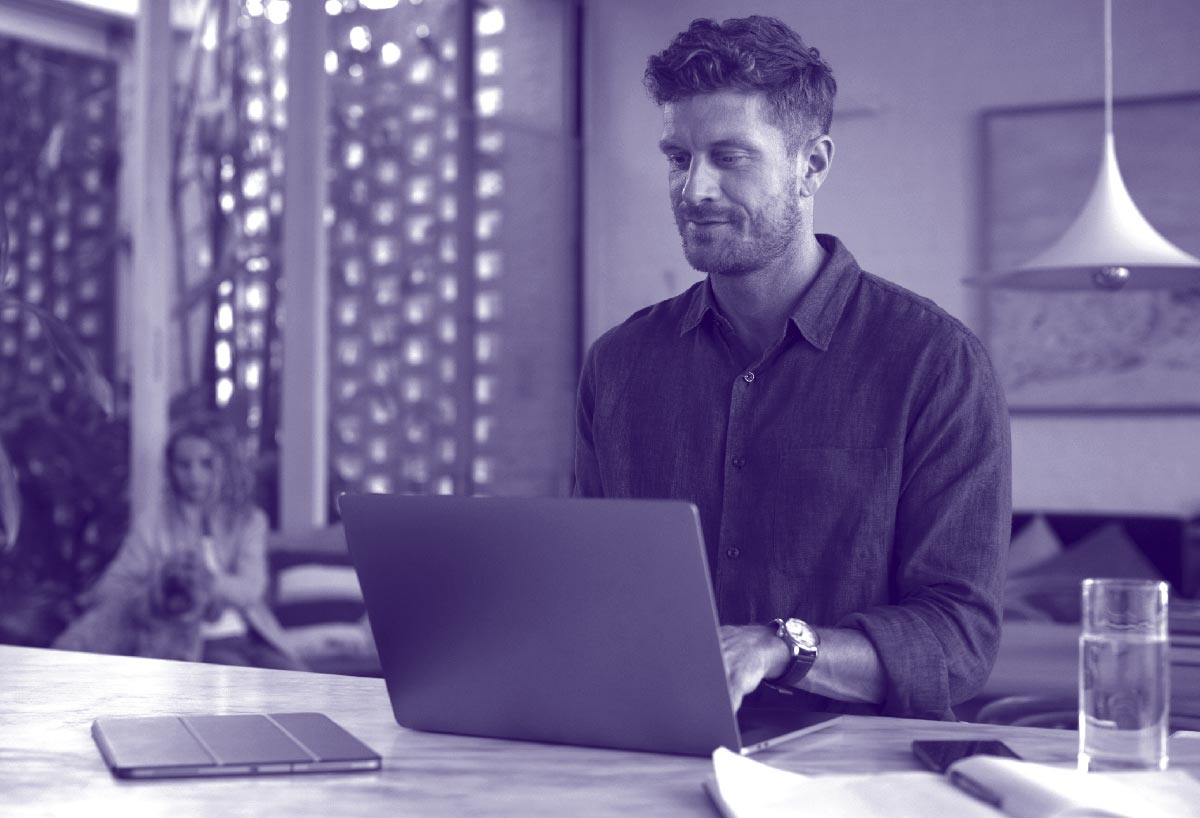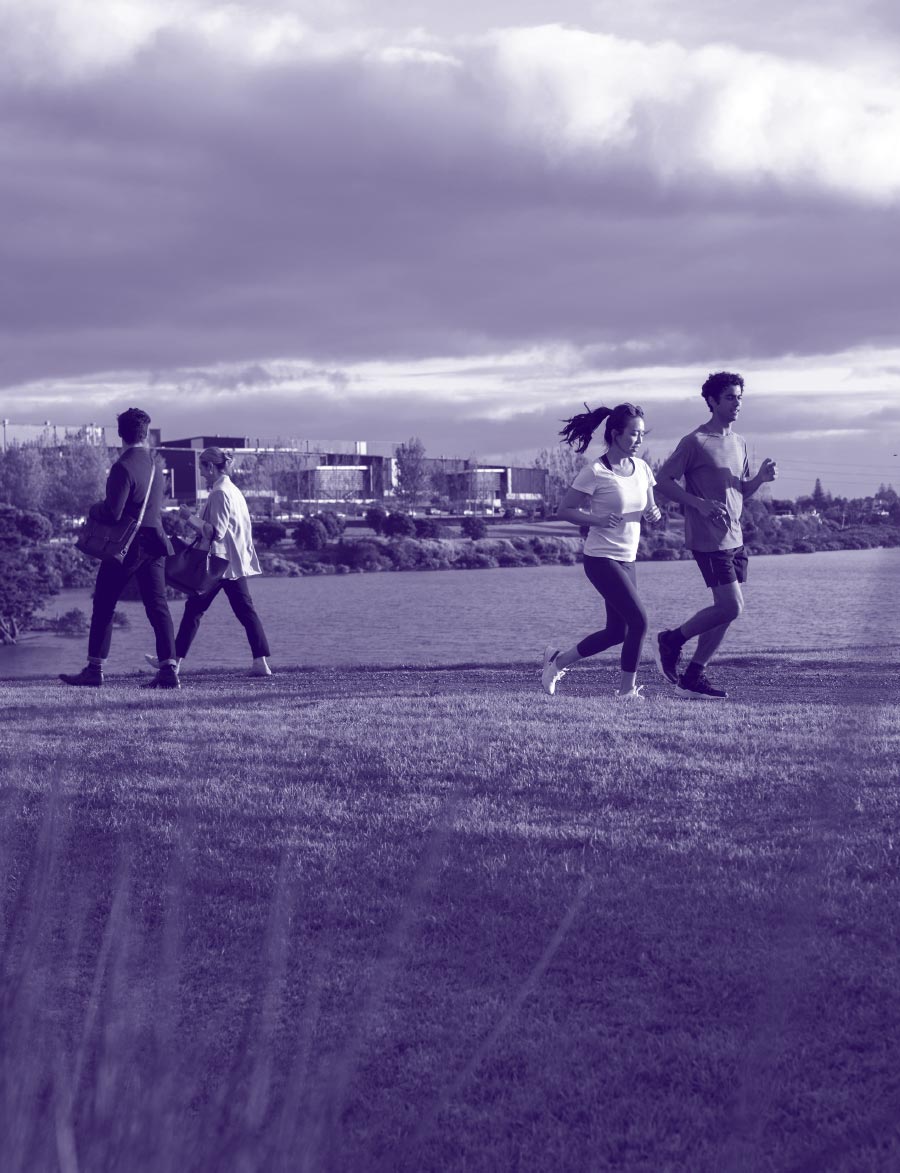In the last year, the option to work within a 24/7 work environment has allowed more people to find a way to make work, truly work for them. And from an employer standpoint, it opens the way for a more inclusive, diverse workforce. “There’s certainly a ‘haves’ and ‘have-nots’ element within that,” admits Goldstone, “but if we can blend choice through all areas of the workforce, I think we’re in really exciting and interesting times.”
Flexible working still comes with its own challenges. Proximity bias – favouring those that come into the office more often – and remotely managing employee health and wellbeing are two complications leaders are now working to solve. They’re learning it’s not enough to respond to these issues as they arise, companies need to proactively embed inclusion and wellbeing practices into their operations.
Nonetheless, people want more choice in how they work, where they work and when they work. Which might make some leadership teams feel uncomfortable.
“This is a pivotal moment, where we can break some of those old-fashioned paradigms – the nine to five, Monday to Friday, productivity-based measures,” Goldstone says of the opportunities reimagining the future of work can bring.
Taking a long-term approach has never been more vital, especially when it comes to attracting future talent. By the year 2030, over 50% of the workforce will be made up of Millennials and Gen Z. And if you ask someone in that age bracket how and where they want to work, the last thing they’ll say is full-time in an office.
Goldstone believes the worst thing we could do is waste this crisis by just returning to the way things used to be, and it’s hard to disagree. He wants to see more ‘pandemic-style acceleration’. It’s a phrase he coined to describe applying this type of COVID-led acceleration of trends, only without the crisis. “What would happen if we had such an accelerated change of conditions that we radically shifted boards in this country?” he says, using gender imbalance as an example.
On its current trajectory, it is about 100 years until we will achieve gender parity. According to Goldstone, there’s no reason we can’t make it happen in ten. “It takes some bold thinking to go and reimagine how work gets done,” he says. “You have to be prepared to break some old patterns.”

